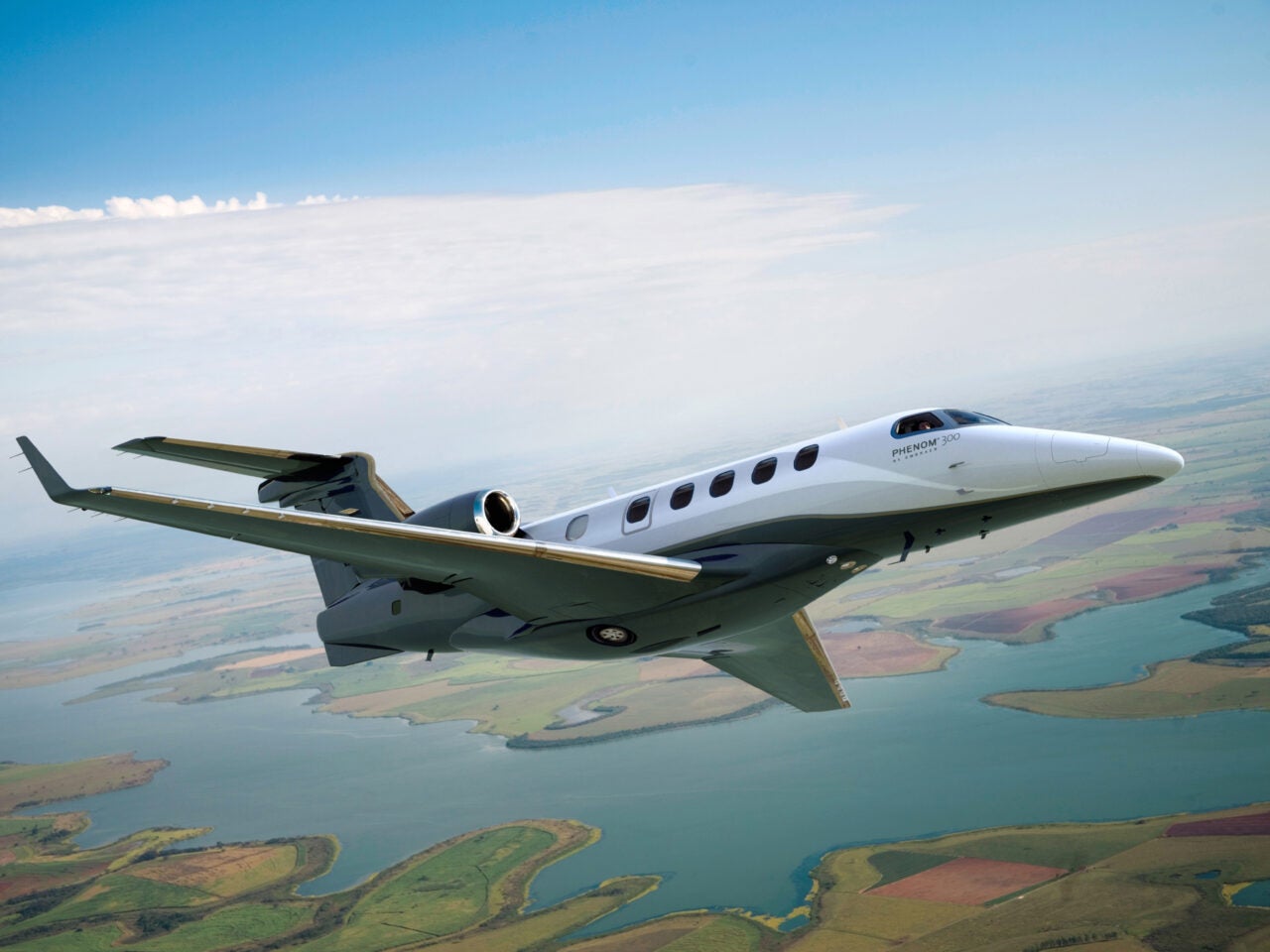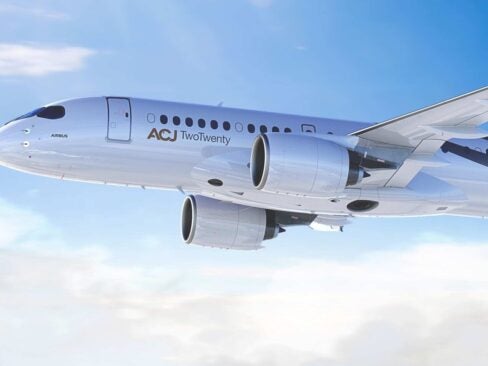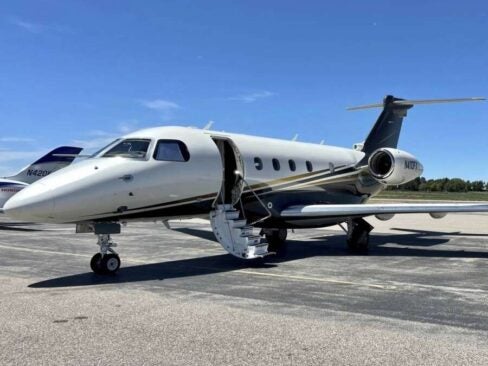Air travel is by far the safest way to get around. That fact has been true for years. Thanks to its world-leading safety systems, in which every incident big or small is reviewed by an independent commission, flying on a commercial airliner ranks safer than trains, buses and cars. Despite this, 40% of people report being uncomfortable on airplanes. This further increases on private jets, which are far smaller and thus feel more vulnerable to the whims of the sky. However, private jets remain safer than many forms of private travel and are, at least in some ways, safer than commercial jets, mainly down to their adaptability in the sky.
In general, the population appears to agree. Private jet companies have experienced soaring demand since 2020, when many considered it a worthwhile expense in the era of Covid-19. Even now, when the threat from the virus has subsided, the numbers remain high. Here, we look at some of the reasons why private jets should be considered safer than they generally are.
Private jets fly from private terminals
The vast majority of private jet journeys begin at a private terminal, and in many cases passengers arrive to find they have the entire space to themselves. A research study from Air Charter Service found that a typical private jet journey sees passengers encounter four people compared to 600 people on a typical journey through a commercial airport. That difference is staggering. Even if you are flying business or first class and enjoy the privacy of a business lounge, the study found you will still encounter on average 136 people at check-in, immigration control and baggage collection.
At a private terminal, you arrive 15 minutes before your flight takes off and most security checks are completed prior to your arrival. There will never be a queue at check-in or security, which in both cases will be much quicker and simpler than in even the quietest commercial airports. Some private airports are also able to arrange for a car to drop you off and pick you up on the tarmac, further reducing the need for human contact.
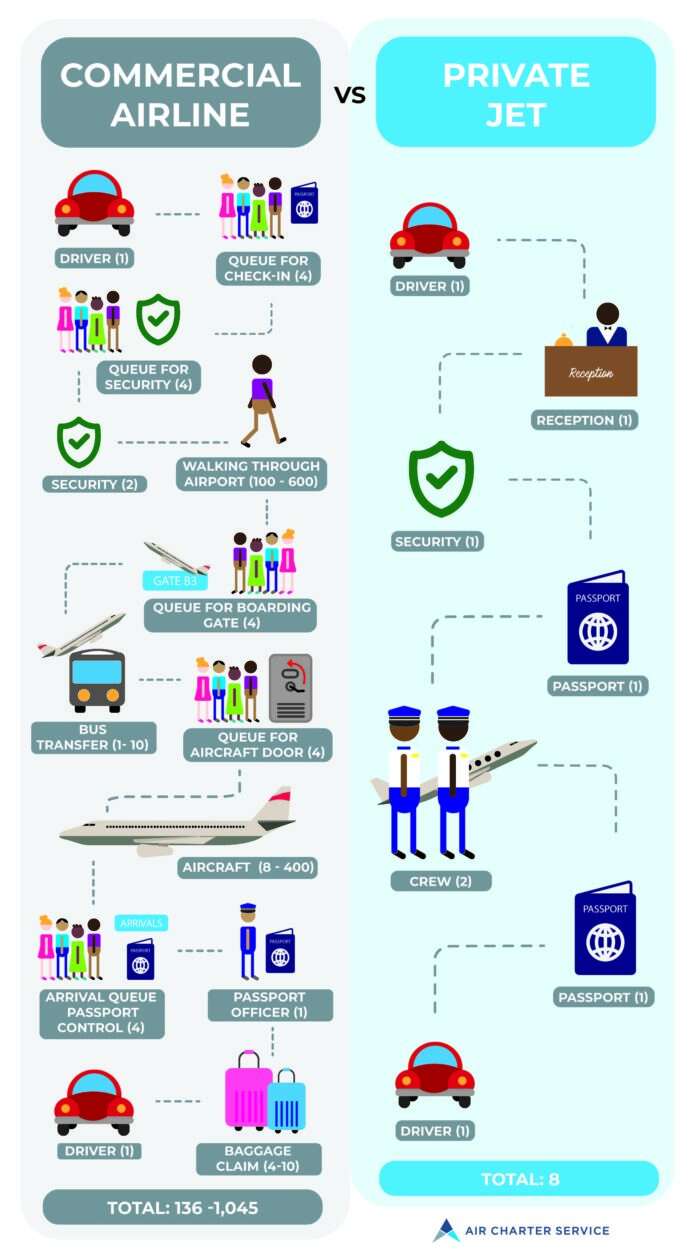
[See also: How Much Do Private Jet Flights Cost?]
Private jets have far fewer people on board
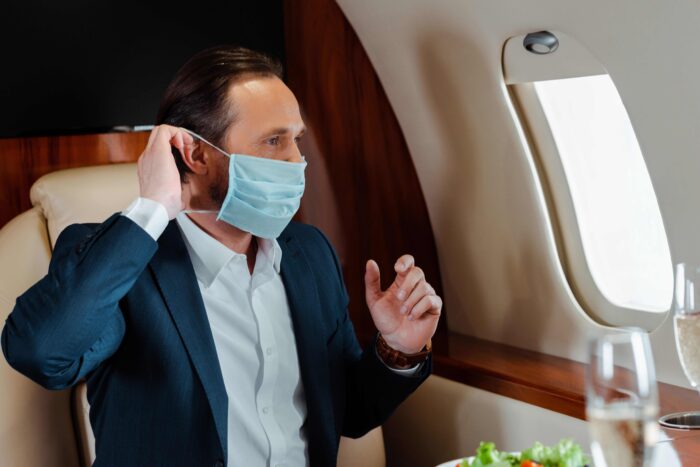
It sounds obvious to say, but the fact that a private jet has fewer people on board makes it extremely easy to guard against Covid-19 contagion. For instance, private jet company NetJets has introduced a rigorous testing regime to make sure every crew member and pilot is free of the virus. All crew members are tested on a regular basis, including antibody tests, and every passenger is screened for symptoms before they board. The company has also worked hard to drastically reduced commercial travel for its crew members, reducing the chance for them catching Covid-19 on their travels.
NetJets has also invested $12m into aircraft cleaning alone since the pandemic started. All aircraft interiors are treated with an antimicrobial barrier that bonds to surfaces providing lasting protection from various bacteria, germs, and viruses like Covid-19. Its durability comes from the molecular bond it forms with surfaces once cured; however, as a safeguard, NetJets reapplies the product at a minimum of every 90 days.
This is not just true of NetJets either; most private jet companies have introduced similar cleaning programs with all information available on websites. Compare this with commercial aircraft, which welcome up to 400 people on board per flight and fly with far greater regularity than private jets. With such a big space to clean and more time pressure, it is simply impossible for commercial airlines to commit to an equally thorough hygiene program.
[See also: Why Private Jet Flights are Cheaper Than You Think]
They fly above the weather
One of the biggest concerns with private jet safety is the fact that they are much, much smaller than a commercial airliner. Naturally, people conclude that as a result, they are more vulnerable to the elements, specifically turbulence. And while it is true that a jet may move more in windy conditions, in reality their agility and superior performance allows them to avoid the majority of bad weather.
Whereas commercial airlines cruise at between 33,000ft and 38,000ft and very rarely get permission to go above or below it, many private jets operate at over 40,000ft with some able to go much higher if the situation calls for it. The Embraer Phenom 300E, for example, can reach heights of up to 45,000ft. Finally, while commercial jets have to stick to rigid flight paths, private jets are able to change paths with far greater regularity and operate around concerning weather patterns.
They can land at almost any airport
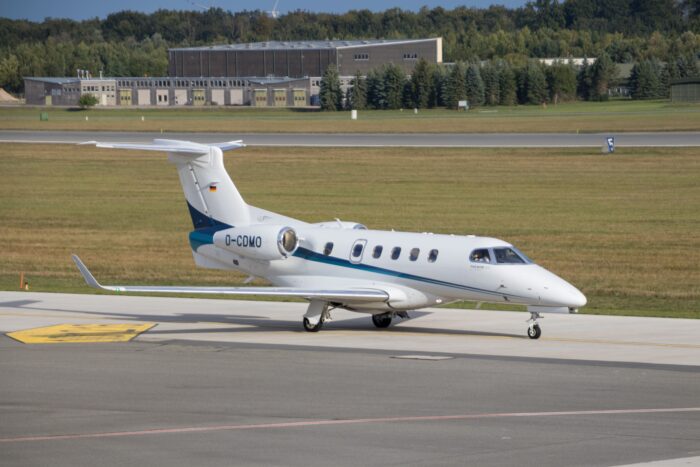
If an airplane does need to land for any reason, you would much rather be in a private jet than a commercial airliner. If you are flying in an Airbus A380 or a Boeing-777, a pilot can only land at major airport hubs due to the length of the runway required. In an emergency situation, that usually means turning around and going back to where your flight began. In comparison, a private jet can land at almost any airport in the country on short notice.





